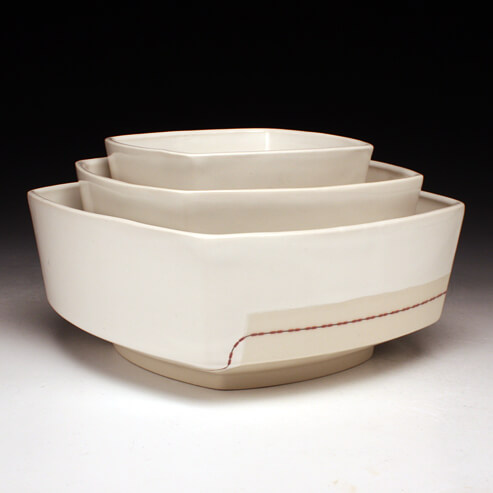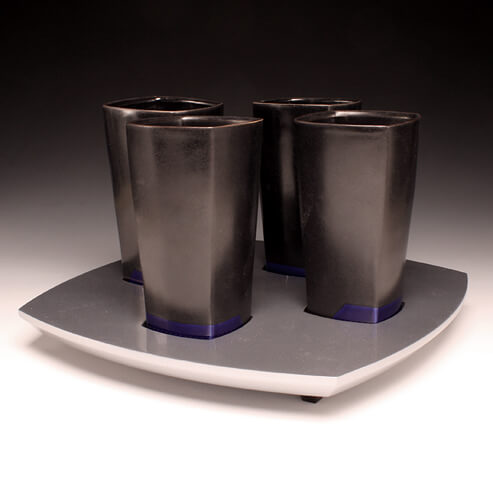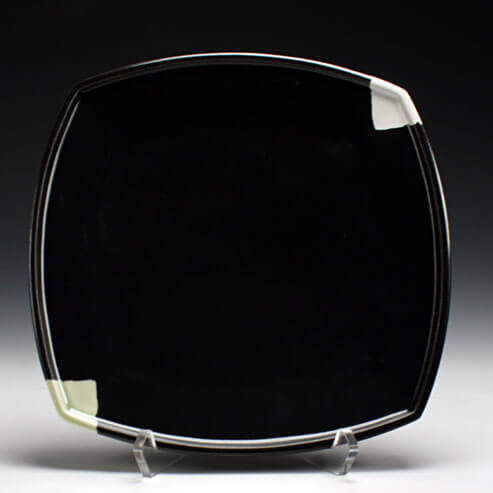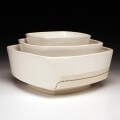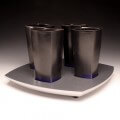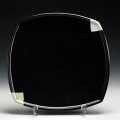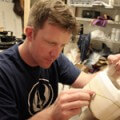
Red Lodge Clay Center Long-Term Resident 2009-10, Short-Term Resident (AIA) 2009
Nicholas received his B.F.A and B.A from the University of Washington and his M.F.A. from Ohio University. After academia and following his passion for ceramics, he worked as an artist-in-residence first at Red Lodge Clay Center and then at the Archie Bray Foundation where he received the Matsutani Fellowship. He was selected as a Ceramics Monthly Emerging Artist, and as an NCECA Emerging Artist. He is local in Tacoma Washington with his wife and their goldendoodle Darla.
In his ceramic practice Nicholas makes highly functional, uniquely handmade objects for use. The refined and accurate aesthetic found in his work is abstracted from his appreciation for all things precisely done with style. His ceramic pieces are high-fire slip cast porcelain and glaze.
He currently teaches visual art at the Charles Wright Academy. Alongside teaching, he also helps to lead trips into the backcountry with the Outdoor Education Program and coaches the Boys Golf Team.
I make utilitarian pots using a precise, clean, and efficient geometric language as I try to define perfectly handmade. The act of making allows me to practice my craft repeatedly while looking for the nuance of how much evidence of handwork I put in and how much hand I take out.
I am curious how functional pots continue to retain relevance in our evolving and modernized society. I believe this importance is due to our innate need for connection to expressive and creative thoughts. Working as a functional potter provides me an opportunity to invent objects which will improve a user’s life through a personal relationship to one maker.
The simultaneous attention of the user on the objects and the attention of objects on the user speaks to the unique nature of personal production for personal use. The constant refocusing of the viewer/user allows a more conscientious operation of the objects, hopefully presenting questions of what is perfection and what occurs when the popular aesthetic definition of handmade is circumvented.

